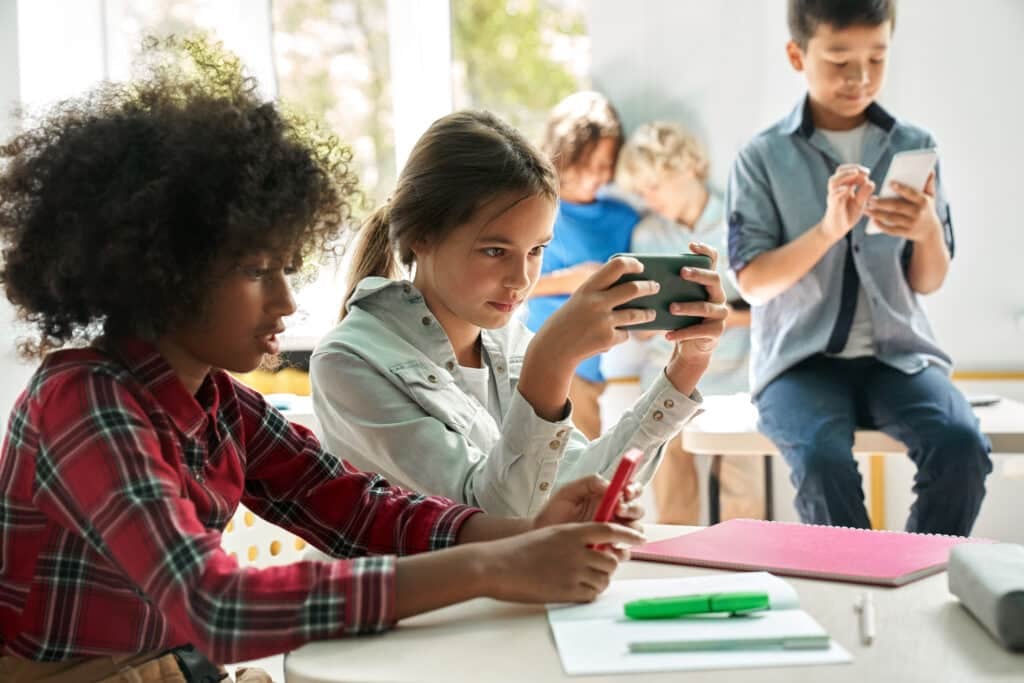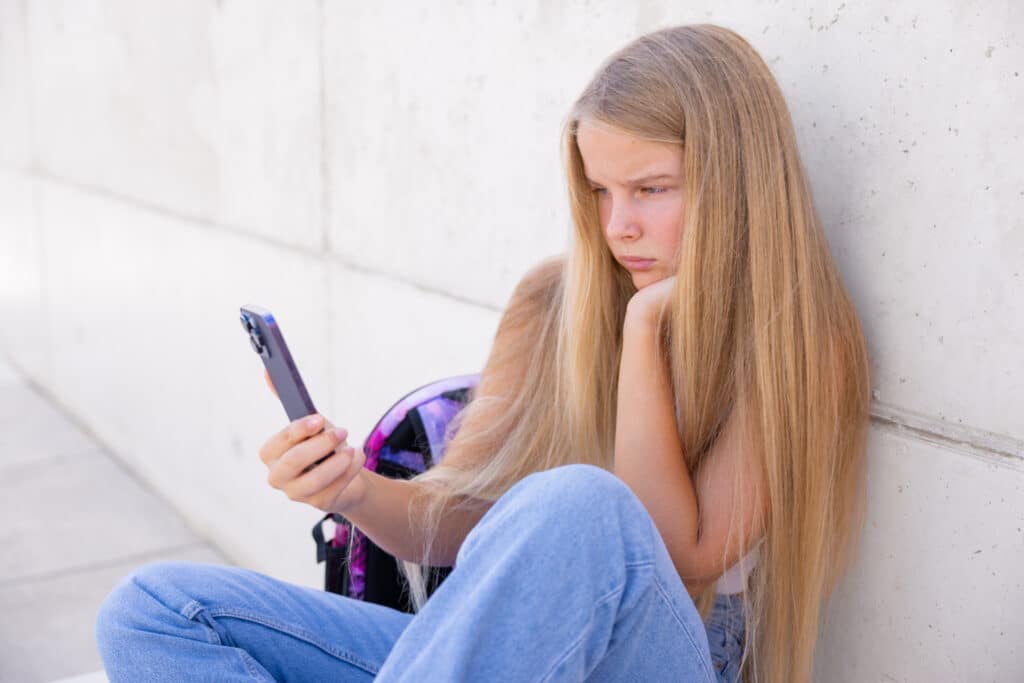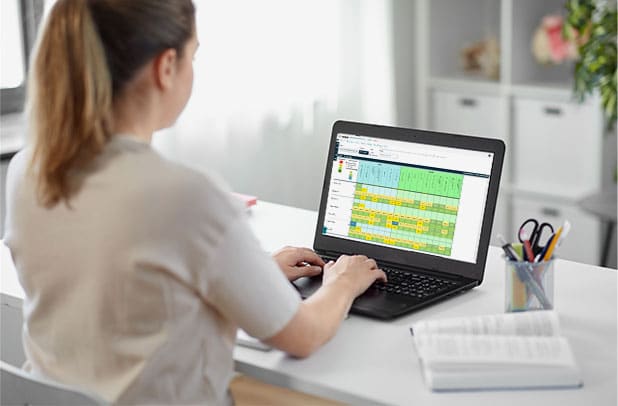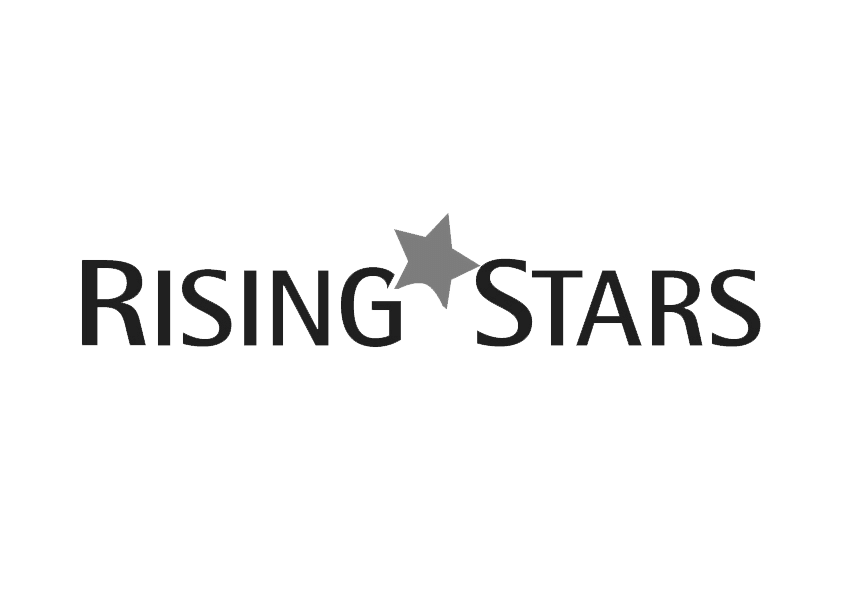Social media has become an integral part of our daily lives, and it’s no different in the classroom. In recent years, many schools have embraced social media as a tool to enhance cohesive learning and improve communication, while others have banned it altogether. In this blog, we take a closer look at the pros and cons of using social media in schools and discuss ways that educators can effectively incorporate it into their curriculum.
What are the advantages of social media in schools?
One of the biggest advantages of using social media in schools is the ability to connect with a wider audience. Social media platforms like Facebook, Twitter, and Instagram allow students to share their work with a global audience and receive feedback from people all over the world. This can be especially beneficial for students who are interested in pursuing careers in fields such as journalism, marketing, and design. There is a benefit for the teachers too. By sharing resources and lesson ideas via social media, practitioners inspire their peers and collaborate, virtually networking in a fluid way without the pressure of attending face-to-face training or conferences.

Another advantage of using social media in schools is the ability to collaborate on projects and assignments. Platforms like Google Docs and Slack allow students to work together on projects in real-time, regardless of their physical location. This can be especially useful for students who are working on group projects or who need to collaborate with classmates who are in different parts of the world.
Twitter as a casing point
Twitter is a popular platform for schools to share news, events, and updates in real-time, and its hashtags make it well-suited for disseminating information quickly and efficiently. Additionally, schools are using Twitter to engage students in real-time conversations and discussions, as well as for hosting virtual events via the ‘Spaces’ feature, such as Q&A sessions and online debates.
What are the disadvantages of social media?
However, there are also downsides to using social media in schools. One of the biggest concerns is the potential for cyberbullying and online harassment. Social media platforms can provide a platform for bullies to harass and intimidate their victims, and it can be difficult for educators to monitor and address this behaviour. Additionally, social media can be a major distraction for students, leading to decreased focus and attention in the classroom. It is important that schools develop robust policies around use of social media in an educational context and that all stakeholders are involved in the process; making sure students, teachers, senior leaders, parents and governors support the approach taken.

For the greater good
Despite these concerns, there are ways for educators to effectively incorporate social media into their curriculum. One approach is to use social media as a tool for teaching digital literacy skills. By teaching students how to use social media safely and responsibly, educators can help them develop the skills they need to navigate the digital landscape for adult life. Additionally, educators can use social media as a tool for creating interactive and engaging lesson plans. For example, teachers can use Instagram to create scavenger hunts or Twitter to create a classroom chat.
How do other countries merge education and social media in schools?
Across the pond, schools in America are increasingly using social media as a tool for communication and engagement with students, parents, and their school communities. Platforms such as Facebook, Twitter, and Instagram are being utilised to share school news, announce events, and provide updates on school activities. Some schools also use social media for student engagement, such as creating online discussion forums and virtual classrooms. Additionally, many schools have embraced social media to increase transparency and promote open communication, allowing stakeholders to stay informed and up-to-date. Schools are looking for ways to inform and include their governors more in life at school, and social media is a tool that allows these governors to have more of an insight into how learning takes place on a daily basis.
In Asia, platforms such as WeChat, Line, and KakaoTalk are widely used for effective sharing and communication, as they are popular messaging apps in the region. Additionally, many schools are implementing digital learning initiatives and utilising social media as a platform for online classes and remote learning. Social media is also used to promote student engagement and collaboration, with teachers creating online discussion forums and virtual study groups.
Reflection
In conclusion, social media can be a powerful tool for enhancing learning and communication in schools, but it’s important to use it responsibly. By incorporating digital literacy skills and interactive lesson plans, educators can help students develop the skills they need to navigate the digital landscape. Additionally, it is important for educators to monitor and address potential issues such as cyberbullying, to ensure a safe and healthy learning environment for all students.
About the author

Andrew Timbrell
Education writer with over a decade of experience in the sector as a teacher and senior leader.










